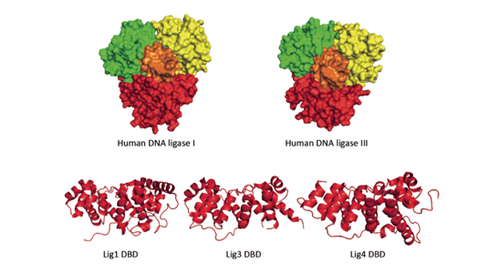Guest Editors: David J. Chen, Benjamin Chen, U. Texas Southwestern Medical Center, Dallas, USA
The genome integrity requires rigorous maintenance to ensure normal operation of all cellular activities and long-term survival of individuals. Nonetheless, human cells are constantly exposed to genotoxic assaults from both endogenous and exogenous sources which lead to various types of DNA lesions. Among all forms of DNA damage, DNA double-stranded breaks (DSBs) are the most dangerous as unrepaired DSBs results in apoptotic cell death or senescence whereas improper proceedings of DSBs causes chromosomal aberrations, genome instability, and loss of heterozygosity. Intervention of DNA repair alone or in conjunction with conventional treatment strategy would result in synthetic lethality which has proved to be effective in eliminating cancer cells without significant cytotoxicity to normal tissues.
In this special issue of Translational Cancer Research, we have a collection of review articles from renowned experts in DNA repair and cancer biology to examine current understanding of DSB repair mechanisms and their clinic implication. It is conceivable that our in-depth knowledge is essential to translate into clinical benefits in cancer treatment.

